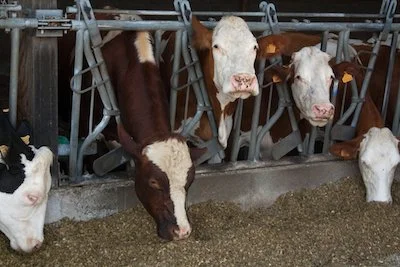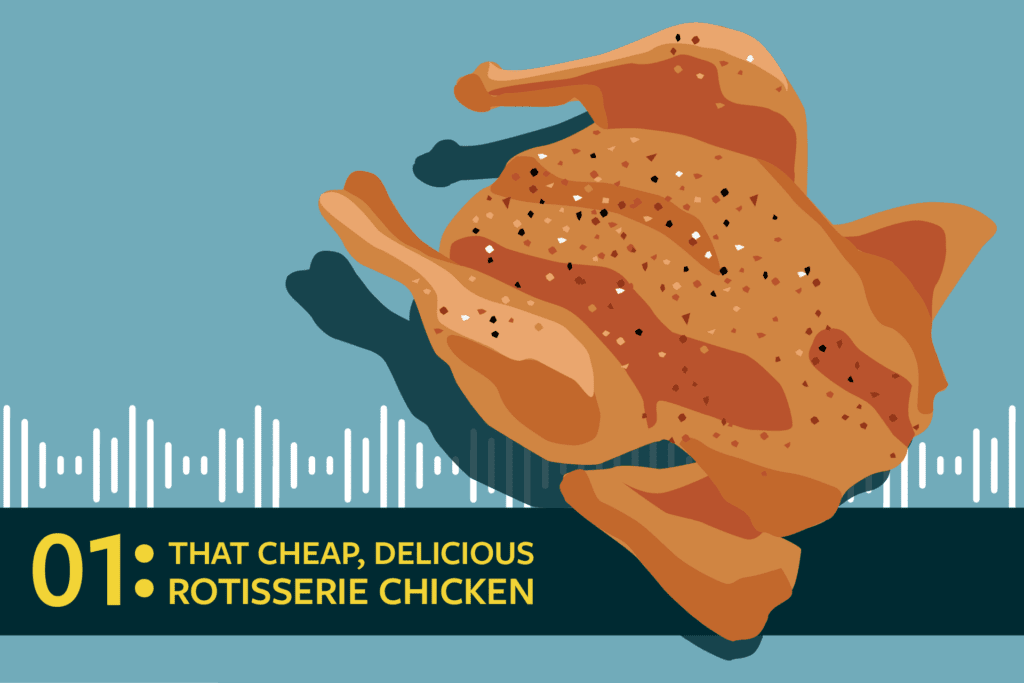Can contract livestock farmers find a second act?
After two decades of contract chicken farming, Tom Lim was left with four empty chicken houses and a mountain of debt. A Khmer refugee who immigrated to the U.S. from Cambodia, Lim got into contract farming on the recommendation of a friend, and purchased a chicken farm with his siblings in 1999 for $660,000. It had four sheds for concentrated animal feeding operations (or CAFOs) but no equipment. The Lims were promised a good income by Pilgrim’s Pride — a subsidiary of JBS, the largest meat company in the world — but the paychecks they received were barely enough to cover their loan payments, let alone put food on the table or fuel in their cars.
After Lim’s fifth year as a contractor, Pilgrim’s Pride demanded expensive upgrades to their chicken sheds and farming equipment. “The company was forcing us to upgrade and we still had debt to pay,” Lim recalls. “They don’t care how much money I borrow from the bank. All they think about is how much profit that I make for them.”
In the remote rural communities where contract farmers live, it is difficult to find off-farm work like driving for Uber or stocking grocery store shelves at night to make ends meet. Some farmers start side businesses to set their own hours: Lim operated a commercial cleaning business with his wife, Sokchea, to pay their bills. For years, the Lims raised chickens during the day and cleaned office buildings and medical facilities at night, but pressure from the poultry company forced them to choose, so they gave up cleaning.
In late 2018, Pilgrim’s Pride representatives visited Lim’s farm and terminated his contract. He was given just four weeks’ notice that he was raising his last flock.
With nowhere else to turn, Lim called the farmer financial crisis hotline at North Carolina’s Rural Advancement Foundation International (RAFI), where he spoke with then-hotline staffer Tyler Whitley. The majority of calls Whitley fielded while working the crisis hotline came from people like Lim — factory poultry and pig farmers in financial distress. Lim says that Whitley tried to help him, but was unable to find grants or emergency funding, so he borrowed money from relatives and worked 12 hours a day, seven days a week, to pay it off. “Every time I looked in the mirror, all I could see was bills,” he remembers.
Factory farming is notoriously inhumane toward animals raised for food, but it isn’t only the animals who suffer. Life for poultry and hog farmers working on contract for industrial animal agriculture is also grim. There is little to no support for those who want to get out. But a movement is building, one that unites factory farmers, farmer advocacy groups and animal protection organizations to create the infrastructure themselves through small but agile farmer transition programs. The programs serve to document and eventually standardize the process of converting an industrial animal barn into a thriving greenhouse, for example, or mushroom farm. The different motivations — farmers have a vested economic interest in exiting a labor system that some compare to modern day sharecropping and indentured servitude, and animal advocates want to end the systematic abuse and mass slaughter of farmed animals — have led them toward a shared goal, and some unlikely partnerships.
In 2014, Craig Watts invited animal rights activist Leah Garcés of Compassion in World Farming to film the conditions at his chicken houses. He was compelled to blow the whistle on Perdue Farms due to the predatory contracts imposed by poultry corporations. In a time when factory farmers were being framed by animal advocates as criminal animal abusers, Watts and Garcés showed the public how the contracts prevented farmers from providing sunlight, fresh air or adequate space for birds to move. His testimony led to widespread news coverage that highlighted the plight of both contract farmers and chickens, and, in 2015, culminated in filing a historic lawsuit against Perdue. As Watts became a nationally known advocate for contract farmers, Garcés became president of the animal protection nonprofit Mercy for Animals, where she helped start one of the first farmer transition programs of its kind.
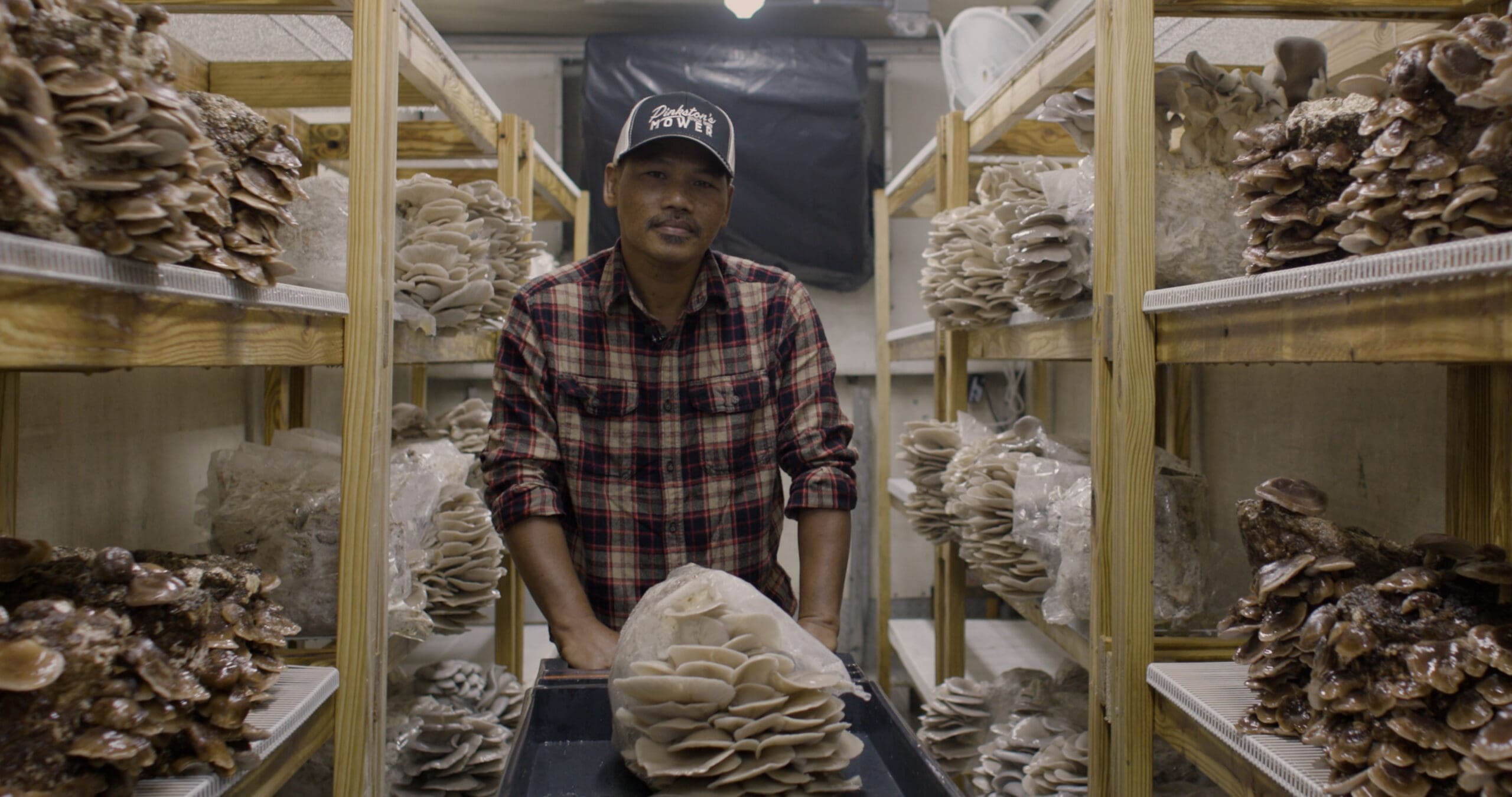
Tyler Whitley now works alongside Garcés as director of Transfarmation, a project of Mercy for Animals that offers practical resources and grant funding to livestock and dairy farmers who want to convert their CAFOs to grow plants or fungi. “If we really want to end factory farming, we have to come up with alternatives,” says Whitley. After joining the project, he contacted Lim about enrolling in their program, and with Transfarmation’s resources and hands-on support, Lim was able to purchase a tractor trailer and materials to start growing specialty mushrooms.
Funded by private donors, Transfarmation runs its own research and innovation grant program that offers enrolled farmers — there are currently 9 of them, from North Carolina, Georgia, Texas, Iowa and Indiana — direct funding between $10,000 to $15,000, enough money to experiment with a new crop and learn how to sell it. Transfarmation also provides free technical assistance from experts working in relevant fields from greenhouse construction and crop production to marketing and graphic design. Farmers learn about the project mostly by word of mouth; according to Whitley, “every farmer that’s enrolled in our program has contacted us.”
Before enrollment, Whitley’s team conducts a formal needs assessment to evaluate the farmer’s debt load, payment obligations, cost of living and farm assets. “We try to get an understanding of what the most pressing needs are and the raw resources they have available that can be repurposed,” Whitley explains. “Then we find out what the farmer is interested in, because we want to make sure that we’re meeting their interests.” Next, they help comb through blueprints and business plans, quotes on labor and building materials, consumer data and market projections to determine what crops will be viable in a given region and provide a stable source of income, sometimes at no cost to the farmer. In 2023, Transfarmation began rolling out an open-source database that can help anyone, anywhere, get started.
In the U.S. poultry industry, contract labor is used for 99.5 percent of broiler chickens from megacorporations like Tyson, Perdue and JBS. Under the current system, poultry companies retain full ownership of their birds and reap the profits in exchange for providing farmers with transportation, feed and antibiotics. The company transports the flocks from various contract farms to be slaughtered in one centralized facility. But the upfront financial burden of acquiring land, building industrial barns and buying equipment is incurred solely by farmers. After each flock is taken to slaughter, farmers are issued settlement payments determined by an opaque tournament scheme that ranks contract farmers against each other. Money is taken from low-performing farmers and given to high-performing farmers, making their income unpredictable from flock to flock.
Of all U.S. farming operations, 89 percent are small-scale, meaning they earn less than $350,000 before expenses. Even in good years, most farmers do not reap a profit and use off-farm income to survive. In 2022, the median household income from poultry farming was negative $4,069.
Depending on the scale of their operations, contract farmers acquire debt ranging from the thousands to the millions, and many of their bank loans carry provisions that require them to maintain an active contract. Often, the farmhouse and acreage are used as collateral, so if the farmer breaks their contract early or is let go by the company, they could lose everything. Suicide rates in rural areas are some of the highest in the country, and for farmers, that risk is more than triple the rate of the general public.
Programs like Transfarmation don’t offer immediate relief to farmers in crisis, but the hope is that “not only will our solutions help farmers transition out [of factory farming], but they will also illustrate alternatives to deter farmers from entering the industry as well,” Whitley explains. It isn’t cheap to convert a chicken house into a greenhouse, but it costs less than building one from the ground up. A single chicken house can measure 20,000 square feet, which is more room than most farmers need starting out, but by working with local food hubs and attracting wholesale buyers, farmers can scale their businesses and earn a living.
“In our view, factory farming isn’t a broken system,” Whitley says — “it’s working exactly how it was designed to work: to exploit people, land and animals to the fullest extent possible for profit.”
Another project working with contract farmers is the Farm Transitions Program, launched in 2017 by the nonprofit Animal Outlook, which currently works with a small cohort of farmers in Alabama and Massachusetts. Together with Transfarmation, the team collaborated on a Farmer Toolkit to share free resources for contract farmers. Farm Transitions does not provide direct funding to farmers, but offers a proprietary 36-step model that they apply in test cases, “which is meant to be a free comprehensive service for farmers,” explains director Angela DeFreitas.
“We have research scientists and extension agents that are commercial horticulture specialists to help us look at the finances, the budget, the technical side of production, even some market indicators,” says DeFreitas, who has a background in organic agriculture and natural resource conservation. Before this recent push to help transition farmers out of animal agriculture, she notes, other farmer transition programs have focused on farmland conservation and organic crops. Under the USDA’s Organic Transition Initiative, farmers are provided financial aid and mentorship to shift from growing conventional feed crops to organic grains; the Transition Incentives Program pays retiring farmers and ranchers to sell or rent their land to early-career farmers or those from marginalized demographics. For farmers who want to quit animal factory farming, there hasn’t been a blueprint until now.
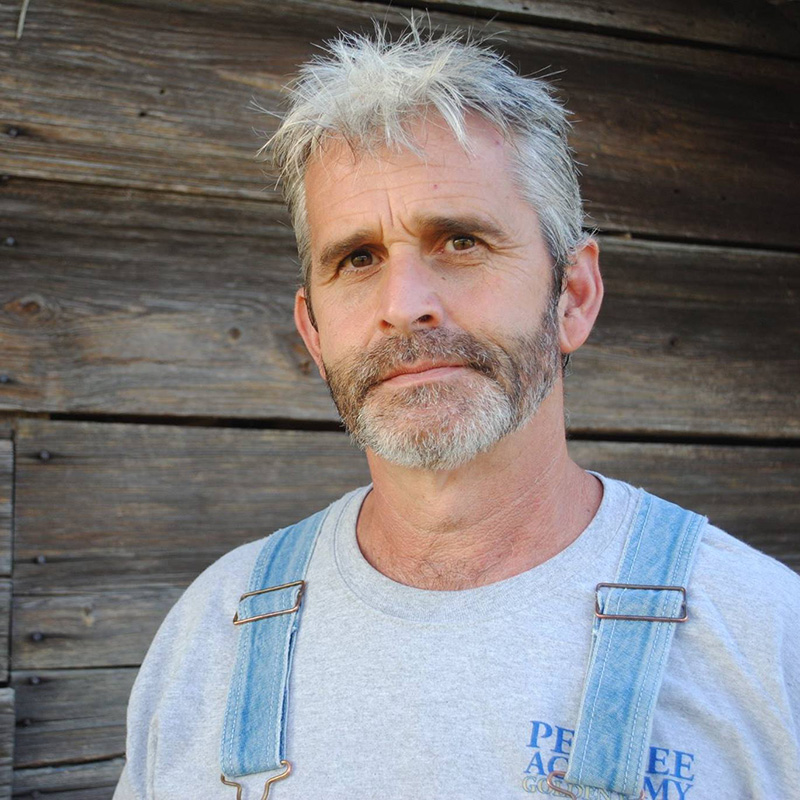
Animal Outlook’s program is still in the early stages, and DeFreitas focuses on individualized farmer support. She is preparing for an upcoming farm visit with an architect that includes climbing “up in the rafters to measure the structure,” she explains, laughing. “It’s definitely hands-on.” DeFreitas knows how important it is to build trust with farmers who might be leery of working with an animal rights organization. The first farmer she met through the program was surprised when he wasn’t judged for raising animals, she recalls. “We recognize that farmers are our allies not our enemies,” she states emphatically. “They are trapped in horrible contract conditions. We’re not here to shame them, we’re here to applaud the fact that they’re trying to get out of it.”
In addition to converting greenhouses, DeFreitas is also working with a former dairy farmer in Massachusetts to convert milking equipment into use for distillation or brewing, already common practice in microbreweries. “The farmer is able to both grow and harvest the small grains that would be necessary for that, so they would be able to produce a large portion of their inputs for that kind of a system,” she says.
Every farmer’s situation is unique, which makes it difficult to generalize outcomes. Those who have little debt and stable off-farm income can convert their operations in as soon as a year, if everything goes well. For those who carry more debt, it takes longer.
A major issue in converting industrial animal operations is that alternatives, such as specialty mushrooms, vegetables or microgreens, don’t attract the same competitive markets. Speciality growers don’t qualify for the same government subsidies as commodity crops, meat and dairy. Fruits and vegetables are actually excluded from commodity subsidy programs and receive a fraction of the funding under the Specialty Crop Block Grant Program.
Lim, for example, excels at growing mushrooms — blue oyster, lion’s mane and shiitake specifically — but initially struggled to find buyers. The demand for speciality mushrooms that is booming elsewhere in the country has been slow to take off in rural North Carolina. After unsuccessfully trying to sell directly to customers at his local farmers market, concern set in that he would have to take a loss and eat his crops, or dehydrate them and sell dried mushrooms. These roadblocks to his farm transition are somewhat glossed-over on Transfarmation’s website, but behind the scenes, the organization has continued to support him reaching long-term viability.
After months of searching, Whitley was able to find interested wholesale buyers for Lim from two major food distributors. Once secured, Lim’s mushrooms would be sold to hospitals, restaurants and food hubs across North and South Carolina. “They come to the farm and buy it all,” Lim says, beaming. If all goes well, they will buy as much as he is willing to grow, up to 200 pounds each week, and will provide transportation directly from his farm. Transfarmation is also leasing one of Lim’s chicken houses to convert into an educational greenhouse and demonstration hub, where he can grow produce and show prospective farmers, government officials and lenders what is possible. Renovation on the greenhouse is nearing completion, and soon, “we will grow a lot of vegetables and fresh greens,” says Lim, relieved that his dream of earning a living by farming is finally coming true.
The work of programs like Transfarmation and the Farm Transitions Program originated with farmers themselves, and is a continuation of on-the-ground innovation that farmers have been developing for years out of sheer necessity. For Paula Boles, being able to successfully convert two Tyson chicken houses came down to her husband Dale’s background in construction and engineering. Over the last eight years, the couple has developed a thriving vegetable and flower farm — a stark change of pace from their years contracting for Tyson, when they held down five off-farm jobs between the two of them and had to drain Paula’s 401(k) to avoid bankruptcy.
In 2014, the Boles watched a documentary about Watts and his battle against Perdue Farms, and realized their chicken farming problems weren’t any fault of their own but the design of the system. In 2015, they terminated their Tyson contract and started brainstorming how to reuse their massive barns. There were no programs like Transfarmation or Farm Transitions yet, so they turned to nearby extension programs and found grant funding from Appalachian Sustainable Agriculture Project, North Carolina Tobacco Trust Fund Commission and Farm Aid.
They repurposed water feeders as irrigation lines, hung baling twine from the rafters to trellis tomato plants and turned a junkyard refrigerator into a germination chamber with grow lights. What they couldn’t use, they sold for cash. (“When you don’t have any money, you just figure it out,” she tells me.) After years of work, their once dusty, dimly-lit chicken houses are now sun-drenched and teeming with rare heirloom flowers, vegetables, hot peppers and microgreens that Boles sells to a local restaurant where she used to work weekends for gas and grocery money. “The thing that I used to lay awake and cry at night now brings me joy,” she beams. “It’s just opened up a whole new world of resources for me that I didn’t know existed.”
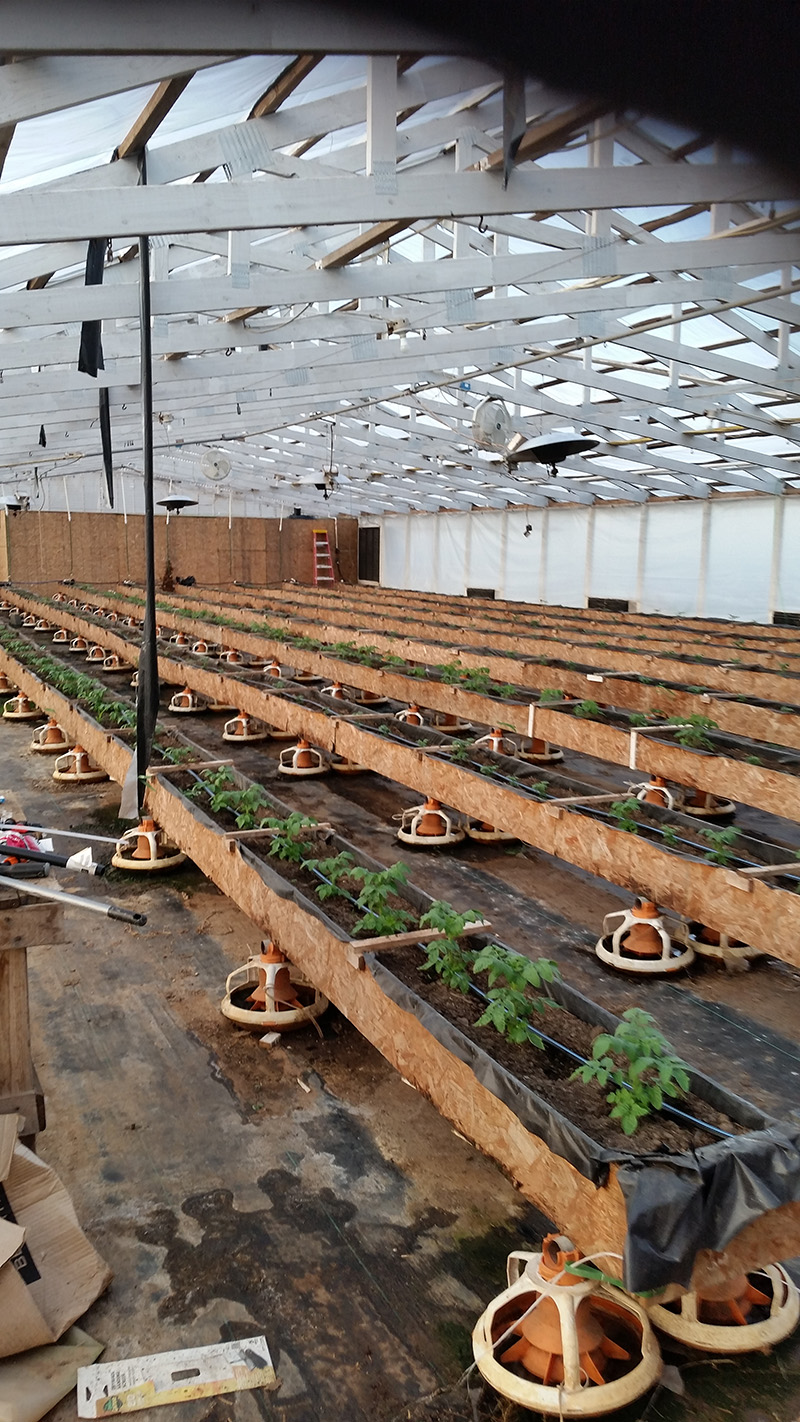
In 2022, Boles joined Transfarmation as an allied farmer — though not enrolled, she offers support to farmers who are part of the project — and she sits on the grower advisory committee for Socially Responsible Agriculture Project (SRAP), a project that helps mobilize rural communities harmed by industrial livestock production. In early 2023, Watts helped launch SRAP’s own Contract Grower Transition Program, which he leads alongside other former contract farmers he’s met through advocacy work and the RAFI hotline. Being staffed entirely by former contract poultry producers “just gives immediate street cred,” Watts observes, and unlike animal advocacy-led programs, SRAP’s team works with farmers who may want to continue raising animals under regenerative animal agriculture practices as an alternative to factory farming.
Watts readily acknowledges the economic privilege and sheer luck that made him a good candidate for a transition program: He had little debt and owned his own land. Most contract farmers carry too great a debt burden for these small programs to shoulder, and operate at too great a scale to pivot to specialty crops. “You can’t just start growing mushrooms and make that same kind of money,” says Watts.
Part of his work is in prevention, to help farmers avoid the pitfalls of entering into factory farming contracts to begin with. He likens his role to an air traffic controller, pointing farmers in whichever direction that they can get help, whether that’s referring them to enroll in Transfarmation, connecting them to regional Farm Service Agency funding, finding USDA grants for which they qualify or simply being a comforting voice on the phone. Working behind the scenes, Watts also pushes lawmakers to enact better regulations to protect farmers, like the recently passed Transparency in Poultry Grower Contracting and Tournaments ruling that he says “was twenty years in the making.” It forces poultry companies that use the tournament system to be more transparent with contract growers about how they are paid.
Over the last 10 years of farmer advocacy work, Watts has seen incremental improvements in the USDA’s allocation of funds to support local and regional food systems, especially in underserved rural communities, that could make it financially possible for farmers to end contracts and transition to better practices — but for any farmer transition program to be effective at a larger scale, farmers need debt relief. “If farmers didn’t have the debt, they would leave the system in droves. But where are they going?” he asks. “We have to start putting our money into systems that we believe in.”
Get the latest food news, from FoodPrint.
By subscribing to communications from FoodPrint, you are agreeing to receive emails from us. We promise not to email you too often or sell your information.
Top photo courtesy of Paula Boles.
More Reading
Whey too much: The hidden costs of the protein boom
May 29, 2025
Beyond honeybees: The benefits of pollinator diversity
May 28, 2025
Big Banana’s bitter labor truths
May 13, 2025
What do faster line speeds in slaughterhouses mean for animals, workers and food safety?
May 8, 2025
When "Made in America" isn't really: Country-of-origin labeling for beef
May 8, 2025
The never-ending seed oil debate
April 29, 2025
RFK Jr. pushes to close a food additive loophole – but is a gutted FDA up to the task?
April 14, 2025
Our latest podcast episode on pistachios: The making of a food trend
April 1, 2025
Americans love olive oil. Why doesn't the U.S. produce more of it?
February 28, 2025
Finding a pet food that aligns with your values
February 11, 2025

